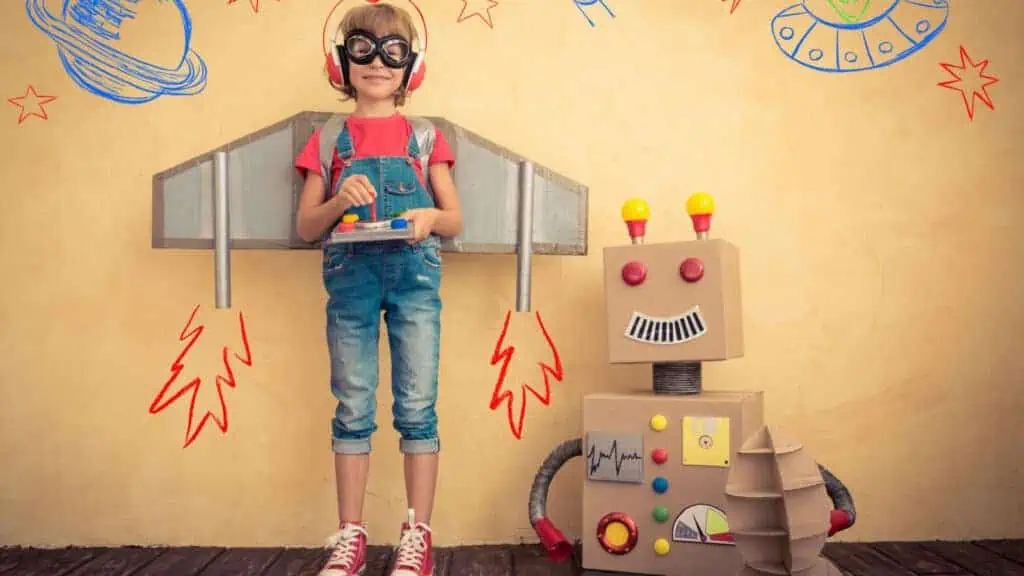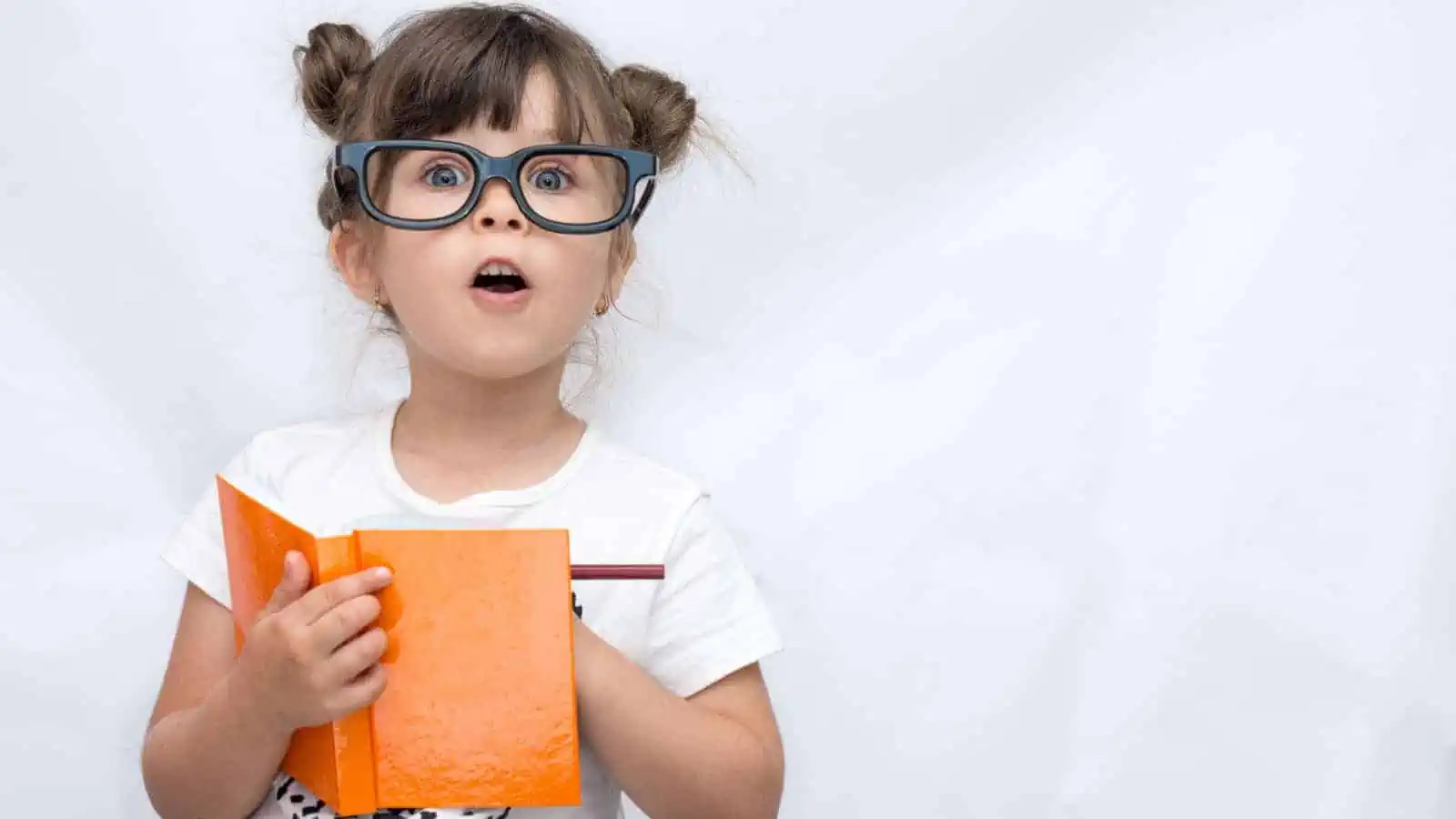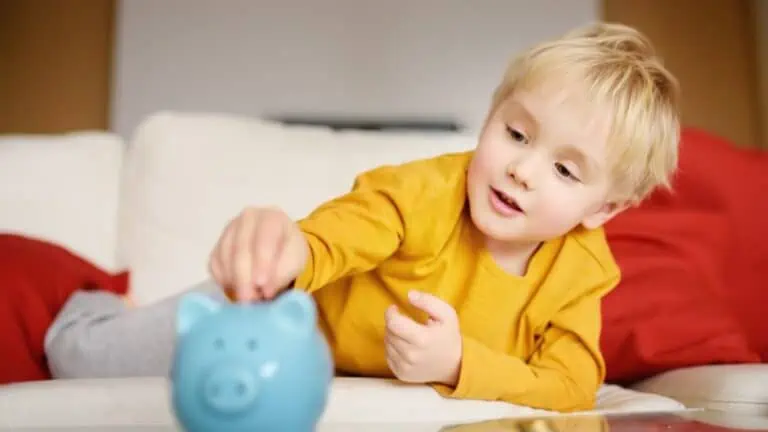The Best Kids’ Science Kits for Young Explorers To Learn at Home
This post may contain affiliate links. As an Amazon Associate, I earn from qualifying purchases.
In a world driven by innovation, parenting plays a crucial role in nurturing young minds to explore the wonders of science. As children’s curiosity peaks, parents and educators seek effective ways to engage them in hands-on learning experiences. Kids’ science kits offer exciting experiments and activities that let children’s imaginations run wild with their interest in science, technology, engineering, and mathematics (STEM).
Benefits of Science Kits for Kids

Every child is born with an innate curiosity about the world around them, from the toddler who keeps dropping a toy to see how gravity works to the preschooler who wonders why the sky is blue. Kids love doing science experiments and participating in science activities.
This natural wonder, however, needs the right fuel to grow into a full-blown passion. Have you ever heard of a scientist who despised science as a youngster? Unlikely. This is where kids’ science kits step in.
By providing an interactive and fun hands-on science experience, these kits allow children to dive headfirst into the world’s mysteries. Instead of passively learning from a book or a screen, they become the main actors in their learning journey. Mixing chemicals, observing plant growth, or understanding how light bends, they don’t just learn science; they live it.
These early experiences are the foundation of home science, igniting a flame that can grow into a lifelong love for scientific exploration. It may even lead them to showcase their discoveries at a science fair.
Boosting Critical Thinking

With a science kit, children aren’t just following instructions but going on a problem-solving quest. Easy science concepts are made understandable and fun. This isn’t just about mixing chemicals or observing reactions. There are more profound questions like, “Why did that happen?”, “What if I change this element?” or “How can I get a different outcome?”
These kits become a playground for young minds to push boundaries and challenge the status quo. When an experiment fails, it becomes an opportunity for reflection and deduction. When it succeeds, it boosts their confidence in their analytical skills.
Over time, this repeated cycle of questioning, hypothesizing, testing, and deducing sharpens their critical thinking skills, preparing them for advanced science lessons and real-world challenges.
Enhancing Creativity

We often associate painting, music, or literature with creativity. But science, at its core, is a deeply creative process. Think of it – the most groundbreaking scientific discoveries came from minds that dared to think differently and be creative.
Kids’ science kits are a canvas for this creativity, introducing them to cool science concepts that merge learning and fun. Formulating hypotheses is much like crafting a story – it needs imagination. Designing experiments is like painting – it requires a vision. Tweaking conditions to achieve a desired result, or even stumbling upon an unexpected outcome, can be as exhilarating as composing music.
Through these kits, children learn that the lines between science and art are blurred. They understand that in the realm of science, like in art, infinite possibilities await their creative touch.
Types of Science Kits and Science Activities for Kids
Chemistry Sets
Chemistry sets transform a kid’s room into a science laboratory! From understanding the pH scale using litmus tests to creating colorful crystals overnight, they offer many hands-on experiences.
Popular experiments like the vinegar and baking soda reaction demonstrate these kits’ fun and educational value.
Equipped with test tubes, beakers, and often an array of safe-to-use chemicals, these kits are the first step for many in understanding molecular interactions, chemical bonds, and reactions. Some sets even allow kids to create their own slime, merging chemistry with fun.
Remember the joy of watching a color change in a solution or how chemicals are produced during a reaction? That’s the magic these kits bring!
Moreover, they’re meticulously designed to ensure safety, often coming with safety goggles, gloves, and detailed instructions. Fear not for parents worried about potential hazards: modern chemistry sets prioritize safety without compromising the fun or learning experience.
Physics Kits
Physics, the study of matter and its motion might sound daunting to some. But with physics kits, complex principles are distilled into fun, tangible experiments. These kits break down the walls of intimidating jargon and let kids engage with foundational concepts hands-on.
Want to learn about levers and pulleys? Build a mini crane. Curious about optics? Dive into lens experiments and understand the phenomena of reflection and refraction. And for energy enthusiasts, some kits touch upon solar power, magnetism, static electricity, and even basic electronics.
The best part? Building items like mini catapults or race cars and then understanding the science behind their operation. Physics kits transform abstract theories into palpable experiences, making children feel like the next Isaac Newton or Marie Curie, waiting to unveil the mysteries of the universe.
Biology Sets
Biology sets cater to the budding biologists curious about life in its myriad forms. These kits give tools and experiments that allow kids to look into the microscopic world, the anatomy of organisms, or even the process of life itself.
Armed with a beginner-friendly microscope, children can examine slides containing anything from plant cells to textile fibers, uncovering a world invisible to the naked eye. Some kits dive deep into human anatomy with 3D models of organs or even DNA extraction experiments.
For those inclined towards botany, there are plant growth sets where kids can learn about germination, photosynthesis, and more.
Imagine the wonder in a child’s eyes as they watch tiny seeds transform into green shoots or when they identify the components of a cell. These experiences, offered by biology sets, nurture a child’s innate curiosity about the living world, providing foundational knowledge that could pave the way for future biologists, doctors, or naturalists.
Choosing The Right Kit for Your Child
Age Appropriate Kits
Selecting the perfect science kit isn’t just about picking the flashiest box or the one with the most experiments. One of the primary factors to consider is whether the kit is age-appropriate for your child. We wouldn’t hand a calculus book to a kindergartener; specific science kits can be too basic or too complex, depending on a child’s age.
Each kit is usually designed with a specific age group in mind, ensuring the experiments are both safe and intellectually stimulating for that demographic. For younger kids, the focus might be on larger, tactile components with bright colors and simple, clear outcomes to capture their attention.
The experiments can delve deeper for older children, challenging them with more intricate procedures, detailed observations, or even more sophisticated equipment.
Always paying heed to the recommended age labels on science kits is vital. These guidelines ensure the activities are tailored to a child’s developmental stage, cognitive abilities, and motor skills. Moreover, it ensures safety, as specific kits designed for older kids might contain smaller parts or more complex chemical reactions that may not suit younger ones.
Aligning With Interests
Like adults, children have unique passions, fascinations, and curiosities. And just like adults would pick a book or hobby based on their interests, children are likelier to engage with a science kit that aligns with their inclinations.
Is your child constantly looking at the stars, wondering about planets and galaxies? A space-themed science kit or even an astronomy starter set might be ideal. If your young one is always digging in the backyard, hoping to uncover dinosaur fossils, why not consider a paleontology or geology kit? And for the child who’s perpetually interested in the creepy crawlies in the garden, a biology kit focusing on insects or plants might be a hit.
Understanding your child’s interests and aligning them with a science kit ensures they remain engaged and deepens their love for that field. It affirms, “Your interests are valid, and here’s a tool to explore them further.” This approach can make the difference between a kid’s science kit that gathers dust on a shelf and one that’s loved, used, and remembered for years to come.
Wrapping up Kids’ Science Kits
In childhood, moments of genuine curiosity and discovery stand out as transformative experiences. With their unique blend of education and hands-on exploration, science kits offer these priceless moments in abundance.
While the journey of selecting the perfect kit for your child might seem daunting, it’s a worthwhile endeavor. You’re not just gifting a box of experiments by prioritizing age appropriateness and aligning with their intrinsic interests. You’re gifting wonder, knowledge, and, perhaps, a lifelong passion for the vast and fascinating realm of science.
This article originally appeared on Wealth of Geeks.






